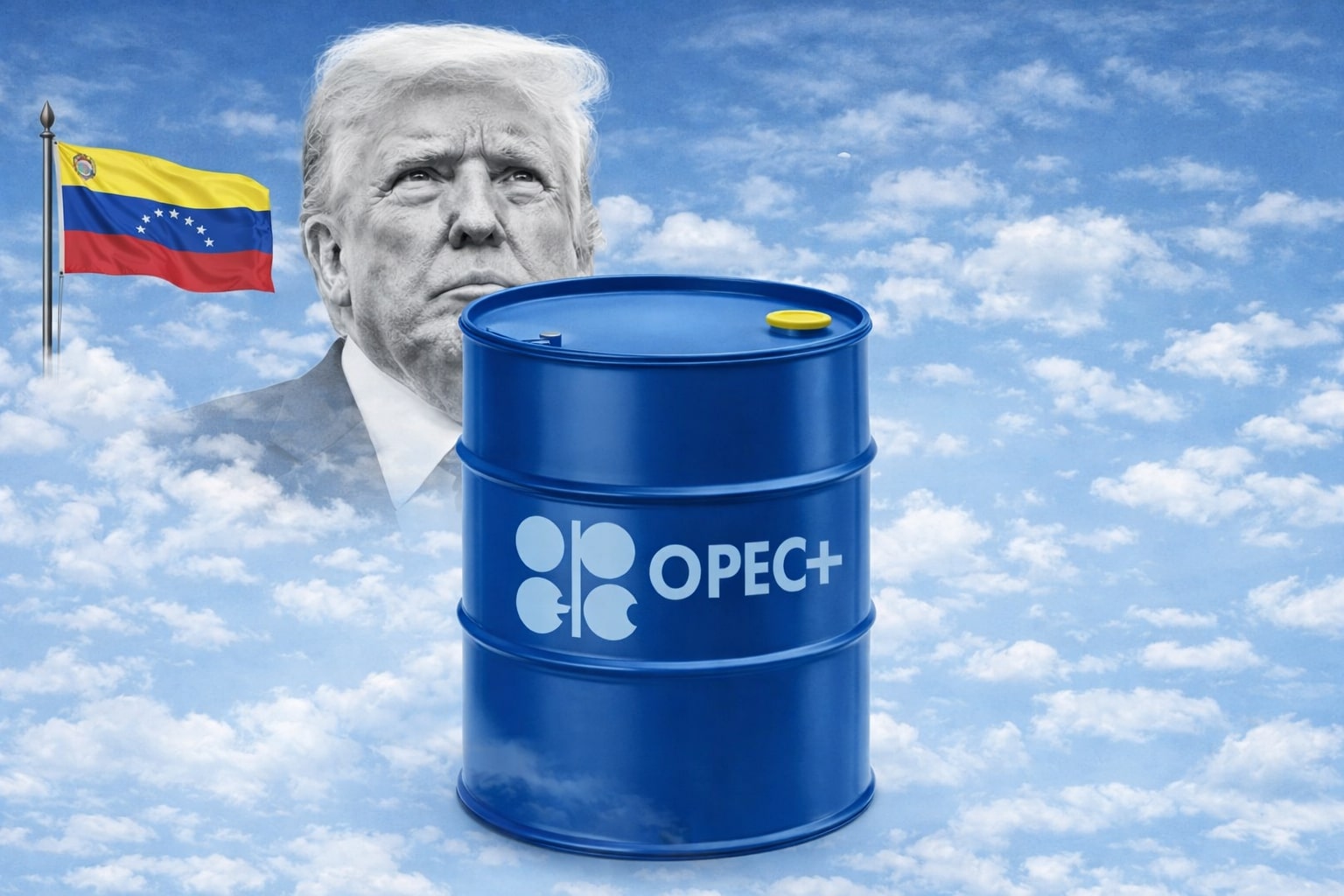Oil Prices Set to Rise Amid Uncertainty: Analyzing WTI and Brent Crude's Path Forward
Navigating Oil Price Trends: Will WTI Climb Back Above $70?
The world’s oil markets are currently navigating turbulent waters, with WTI (CL=F) prices hovering around the low $60s. On May 12, 2025, WTI was trading at $63.61 per barrel, following a modest rally sparked by news of easing trade tensions between the United States and China. Meanwhile, Brent (BZ=F) rose to $64.96 per barrel. While the market reacted positively to the news, it remains fragile, and the long-term direction for oil prices is still uncertain.
US-China Trade Deal and Its Impact on Oil Prices
The recent trade agreement between the U.S. and China, which saw a temporary reduction in tariffs on goods from both sides, was a short-term boon for oil markets. The tariff cuts, which reduced Chinese tariffs on U.S. goods from 125% to 10%, helped send both WTI and Brent prices higher. However, analysts remain cautious, noting that while the deal eased immediate fears, the oil market still faces significant challenges.
WTI Oil Price: Is $70 in Reach?
WTI's price has faced headwinds in recent weeks, with prices dropping into the low $60s after peaking earlier in the year. While WTI has recently tested support at the $60 per barrel level, there is a chance for prices to move upward, particularly if the broader economic environment improves. However, the oil market remains highly volatile, impacted by geopolitical tensions, supply chain issues, and shifting U.S. trade policies.
For WTI to rise above $70, a number of factors will need to align. Increased demand from major oil-importing nations like India, which has ramped up oil imports from the U.S. and Russia, could help push prices higher. Furthermore, any further relaxation in tariffs could stimulate demand growth. Yet, the question remains: will this price rally hold, or will supply chain disruptions, regulatory concerns, and geopolitical factors stifle further gains?
Brent Crude and Global Oil Demand: What Lies Ahead?
Brent crude has also seen a price increase, with a notable surge following the tariff announcement, but remains subject to broader market forces. The shift in trade policy between China and the U.S. is unlikely to be a permanent solution to the structural issues facing global oil supply and demand. Despite short-term optimism, the global economy continues to face risks, particularly with inflationary pressures and economic slowdowns in major markets.
As demand in Asia—particularly in China—remains weak, concerns about global economic growth continue to cloud the oil market. The International Monetary Fund (IMF) recently downgraded growth projections for Asia, with countries like China and India facing economic slowdowns. Even with lower oil prices, these markets may struggle to rebound without a stronger recovery in global demand.
The Impact of Geopolitical Risks on Oil Prices
Beyond trade policy, geopolitical risks remain a key driver of oil price volatility. While the reduction in U.S.-China tariffs is a positive sign, tensions in the Middle East, changes in OPEC+ production policies, and the ongoing conflict in Ukraine could still have far-reaching consequences for oil prices.
For instance, Brent prices often react to supply disruptions, such as the recent disruptions in the Middle East or Russia’s decision to divert crude exports to Asia. Additionally, WTI prices are heavily influenced by U.S. domestic production levels, and any policy changes affecting production could dramatically impact prices in both domestic and global markets.
Petrobras and the Oil Market: A Broader Perspective
One company that continues to influence the oil market is Petrobras. The Brazilian oil giant recently posted strong earnings, with net income rising 48.6% year-over-year, despite the drop in oil prices. Petrobras’ investments in pre-salt projects in Brazil, along with its expanding oil production, are crucial factors in shaping the supply landscape for global oil markets.
Petrobras’ focus on increasing production, especially in the Búzios and Atapu fields, means that oil supply from Brazil will likely continue to grow, further influencing market dynamics. The company's commitment to sustaining investment despite low oil prices signals confidence in long-term demand, even amid short-term volatility.
Oil Traders and Market Liquidity: A Vital Role
Commodity traders are playing a vital role in managing the current oil market volatility. The ability to execute trades across different oil contracts, including WTI and Brent, and adjust shipping routes during supply disruptions, helps stabilize markets. Traders are stepping in where governments and oil companies might hesitate, adjusting to geopolitical and economic shocks in real-time.
Arbitrage plays a critical role in this context, as traders take advantage of price discrepancies between Brent and WTI, helping to smooth out market fluctuations. This dynamic is especially important as the global oil supply continues to be in flux due to geopolitical factors and the changing regulatory environment.
Can Oil Prices Break Free from Oversupply Concerns?
Despite the short-term rally, the oil market remains oversupplied, with rising production levels from OPEC+ and non-OPEC sources. The unwinding of production cuts in May and June by OPEC+ will add to the global supply, further putting pressure on prices. Additionally, higher investments in oil production from countries like Norway, which plans to invest $22.9 billion in oil and gas production this year, could exacerbate the supply glut.
While current prices for WTI and Brent may seem attractive to buyers, the underlying supply and demand imbalance remains a major concern. The impact of higher production from countries like the U.S., Russia, and OPEC+ will likely limit any sustained price growth. If demand does not meet the growing supply, prices may struggle to maintain recent gains.
WTI and Brent: The Road Ahead for Oil Prices
Looking forward, WTI and Brent prices are poised for potential volatility, influenced by trade policy shifts, geopolitical risks, and supply chain disruptions. With a $63.61 per barrel price for WTI and Brent reaching $64.96, oil prices are at a critical juncture. Traders and investors alike will be watching for any significant shifts in supply and demand, particularly in response to economic data, geopolitical events, and the ongoing trade talks between the U.S. and China.
In conclusion, while the short-term outlook for WTI and Brent is positive due to the tariff relief, the longer-term path remains clouded by structural issues in global supply and demand. Oil prices could face further pressure if the global economy continues to slow or if geopolitical tensions escalate. As such, investors should stay alert to the evolving market conditions and adjust their positions accordingly.




















